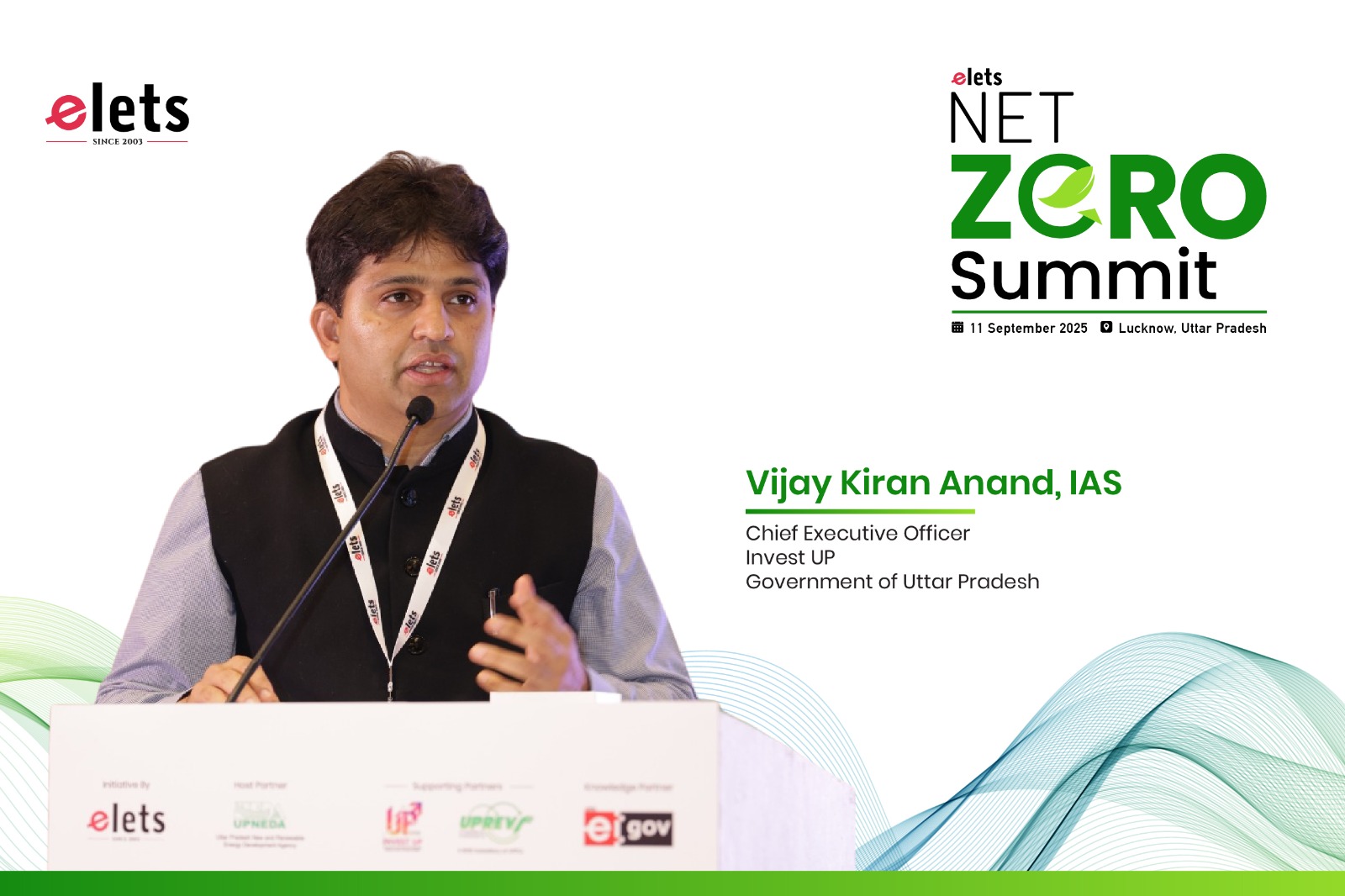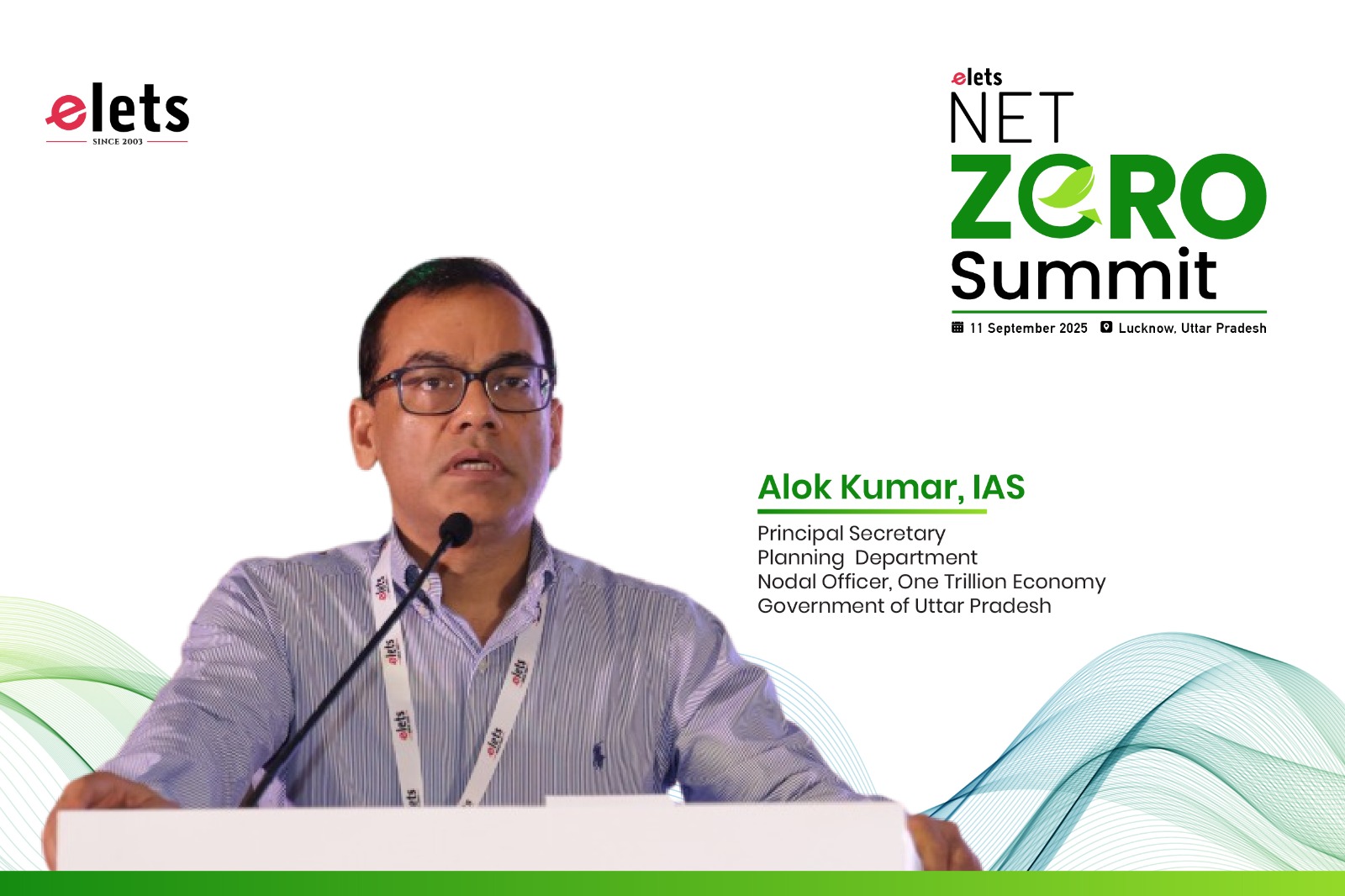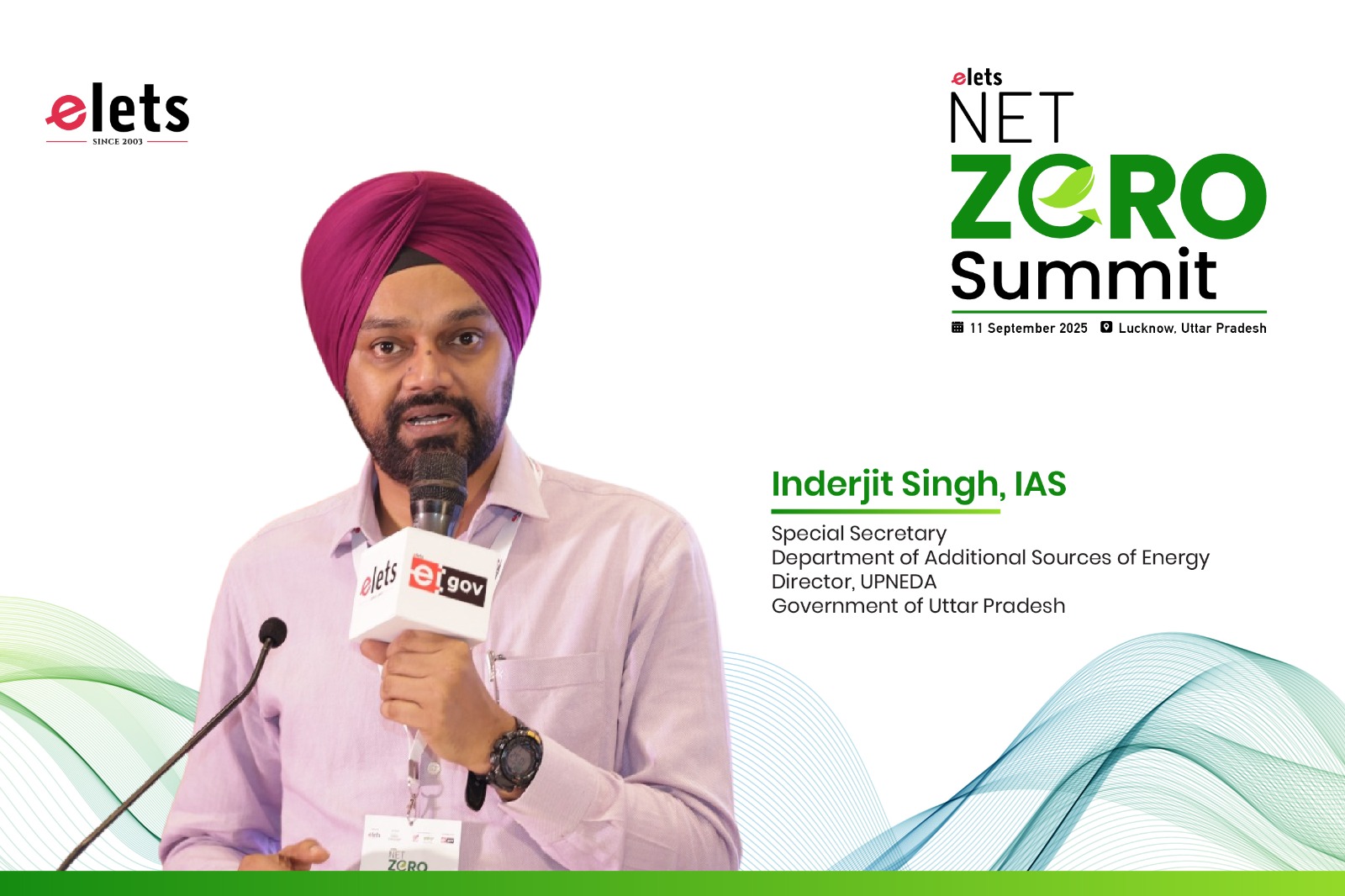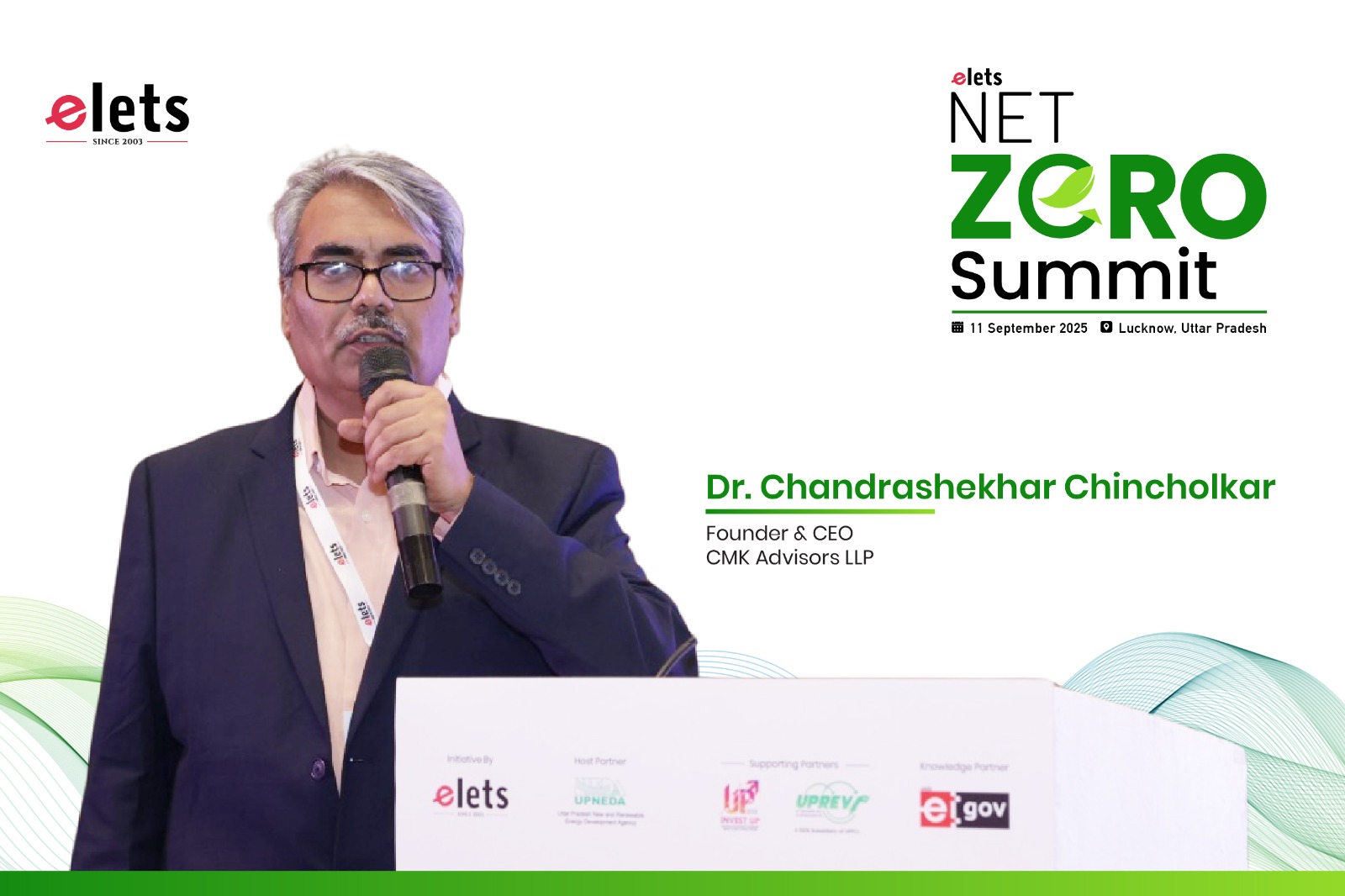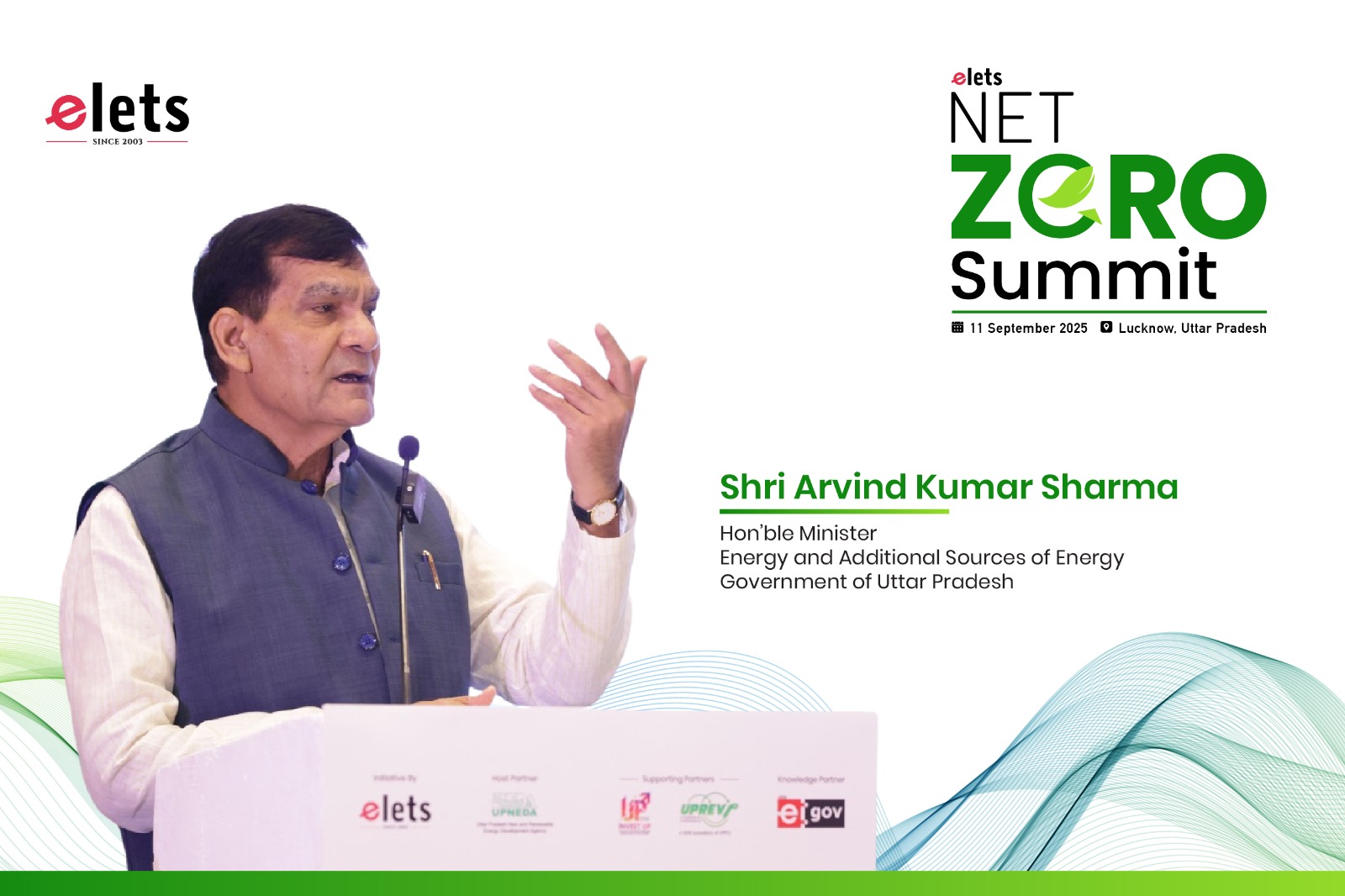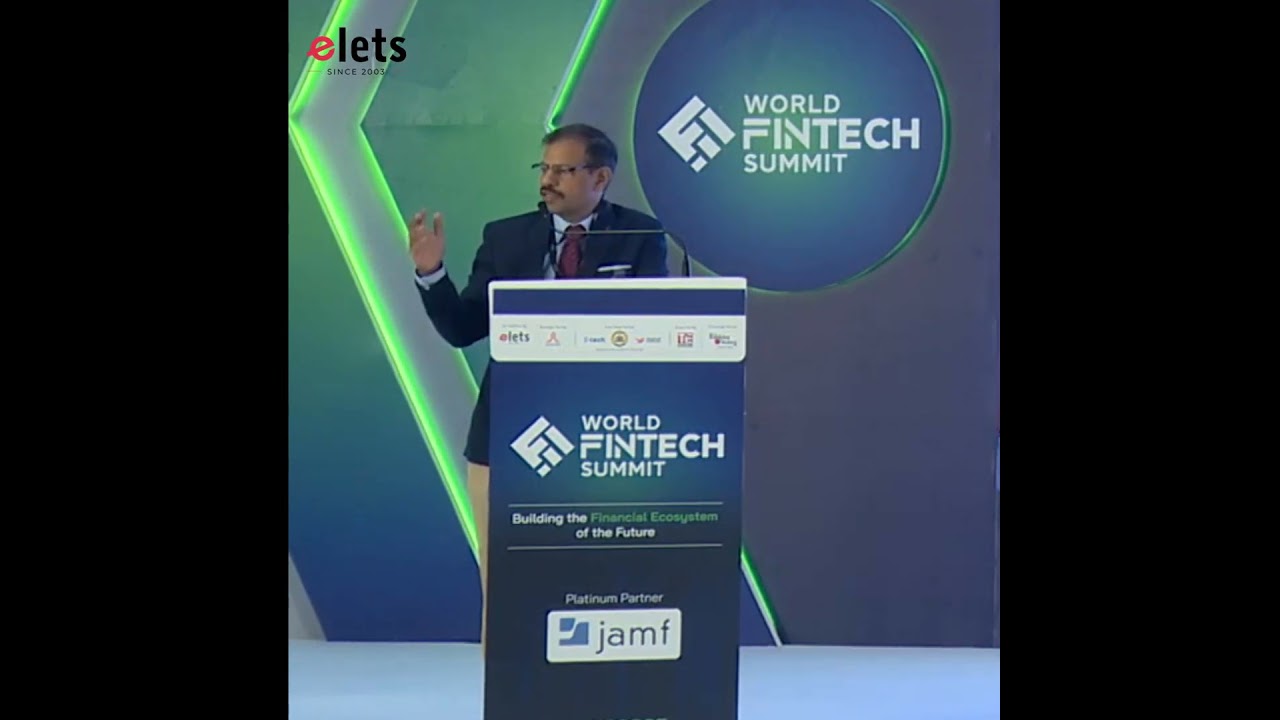
## Introduction
In the last decade, Aadhaar has revolutionized the way India verifies identity and delivers digital services. Recently, the UIDAI (Unique Identification Authority of India) was honored with the Excellence in Innovation Award by the Honorable Prime Minister for its Face Authentication solution — a testament to the pivotal role Aadhaar plays in India’s digital transformation. In this blog post, we’ll explore Aadhaar’s evolution, the logic behind its minimal data approach, its growing presence in the BFSI sector, and what the future of Aadhaar-based authentication looks like.
## The Problem Before Aadhaar
Before Aadhaar, India lacked a universal identification (ID) system. The country relied on a patchwork of state-specific and demographic-based IDs such as PAN cards, passports, and voter IDs. These documents lacked verifiability and interoperability, making authentication and service delivery inefficient and prone to fraud.
## The Rise of Aadhaar: A Universal Digital Identity
With Aadhaar’s introduction, India finally established a verifiable, universal digital identity for every resident — from newborns to the elderly. The system collects minimal demographic data — name, date of birth, gender, and address — and robust biometric data like fingerprints, facial recognition, and iris scans.
### Minimal Yet Powerful Data
Aadhaar is designed to be purpose-blind and privacy-conscious. UIDAI does not collect sensitive information such as religion, caste, or citizenship. This ensures that Aadhaar remains inclusive and minimally invasive while still offering robust identification.
### Seamless Authentication
At its core, Aadhaar authentication relies on a 1:1 verification model. An Aadhaar number is required for identification, not just a name or biometric attribute. This model enhances trust and reduces the chances of identity fraud.
## Aadhaar as the Foundation of Indian Digital Public Infrastructure
Aadhaar sits at the heart of India’s Digital Public Infrastructure (DPI), forming the base layer for a variety of public and private digital services.
### EKYC: KYC with a Difference
The Aadhaar-enabled eKYC (Electronic Know Your Customer) process allows organizations to fetch accurate identity data instantly. By using biometric or OTP-based authentication, businesses and governments can eliminate costly and time-consuming document verification processes.
### Efficiency in Service Delivery
With Aadhaar, opening a bank account no longer takes several days; it’s now possible in under 5 minutes using the new Face Authentication technology. Governments use Aadhaar to directly transfer subsidies and benefits, eliminating middlemen and reducing fraud.
Over the past 12 years, approximately ₹43.49 lakh crore have been disbursed, saving more than ₹3.5 lakh crore by eliminating fictitious and duplicate beneficiaries.
## Aadhaar’s Penetration in the BFSI Sector
### Widespread Adoption
The BFSI (Banking, Financial Services, and Insurance) sector is the largest adopter of Aadhaar authentication. Entities regulated by RBI, IRDAI, SEBI, and PFRDA now use Aadhaar for various operations, including:
– Real-time customer verification
– Fraud prevention
– Paperless account opening
– Compliance with KYC norms
### Face Authentication: The Game Changer
UIDAI’s new Face Authentication technology is a leap forward. It’s AI/ML-enabled, ensures liveness detection, and eliminates the need for physical devices. Already adopted by over 105 entities, this technology is being rapidly adopted in financial services, telecom, and pension verification.
Face Authentication:
– Works on Android and iOS devices
– Prevents spoofing and replay attacks
– Enables remote onboarding and authentication
## New Platforms and Ecosystem Evolution
### SWIFT Portal and Private Sector Enablement
Previously restricted to government agencies, Aadhaar authentication is now open to private players as well. Through the newly launched [SWIFT portal](https://swig.mic.gov.in), organizations can apply online, gain approval, and begin using Aadhaar services swiftly.
### EKYC Setu and Account Aggregators
Along with NPCI and the Department of Revenue, UIDAI has made onboarding easier for regulated entities via EKYC Setu. This bypasses lengthy approval protocols and accelerates adoption in fintech and non-bank financial services.
### Aadhaar-Enabled Payment System (AEPS)
AEPS brings banking to the last mile through fingerprint and face-based authentication. Mobile banking agents can:
– Perform cash withdrawals
– Transfer funds
– Check account statements
All using the Aadhaar number as the primary identifier.
## Use-Cases Transforming Indian Lives
### Digital Life Certificate for Pensioners
A major relief for senior citizens, they no longer need to physically verify their identity to receive pensions. Via a Face Authentication app, they can submit a Digital Life Certificate from the comfort of their homes.
### JAM Trinity
The JAM Trinity — Jan Dhan Yojana bank accounts, Aadhaar, and mobile numbers — has brought millions into the formal financial system. It underpins various government welfare schemes with unprecedented efficiency.
### Identity Verification in Logistics & Attendance
Face Authentication verifies field agents’ presence and location, helping organizations manage workforce logistics and attendance without physical paperwork or manual verification.
## Future-Forward Initiatives
### UIDAI Sandbox
UIDAI welcomes innovators to test their applications using the Aadhaar testing sandbox — the world’s largest repository of biometric digital identities. This initiative ensures robust testing before market deployment.
### Verifiable Credentials Platform
Aadhaar is moving beyond a physical card to a verifiable digital identity tool. A new app in beta stages will soon allow users to:
– Share limited data (only what’s needed)
– Prove attributes like age (e.g., above 18) without revealing full birth details
– Perform secure, purpose-specific eKYC
## Co-Creation and Strategic Partnerships
UIDAI aims to foster collaborative development. Entities with ideas or applications can partner with UIDAI to co-create technology solutions for authentication, verification, and digital identity.
## Conclusion
Aadhaar is no longer just a 12-digit number — it’s the backbone of India’s digital revolution. From empowering banking and fintech to supporting inclusive governance and seamless service delivery, Aadhaar continues to evolve through innovation and responsible use of biometrics. Face Authentication, private sector inclusion, and upcoming digital tools show that the journey has only just begun.
For organizations and developers, now is the time to explore Aadhaar’s full potential by integrating these tools and becoming part of India’s robust digital ecosystem.
To innovate with Aadhaar, visit:
– SWIFT Portal: [swig.mic.gov.in](https://swig.mic.gov.in)
– UIDAI Sandbox: [https://sandbox.uidai.gov.in](https://sandbox.uidai.gov.in)
Be a part of Elets Collaborative Initiatives. Join Us for Upcoming Events and explore business opportunities. Like us on Facebook , connect with us on LinkedIn and follow us on Twitter, Instagram.
"Exciting news! Elets technomedia is now on WhatsApp Channels Subscribe today by clicking the link and stay updated with the latest insights!" Click here!




